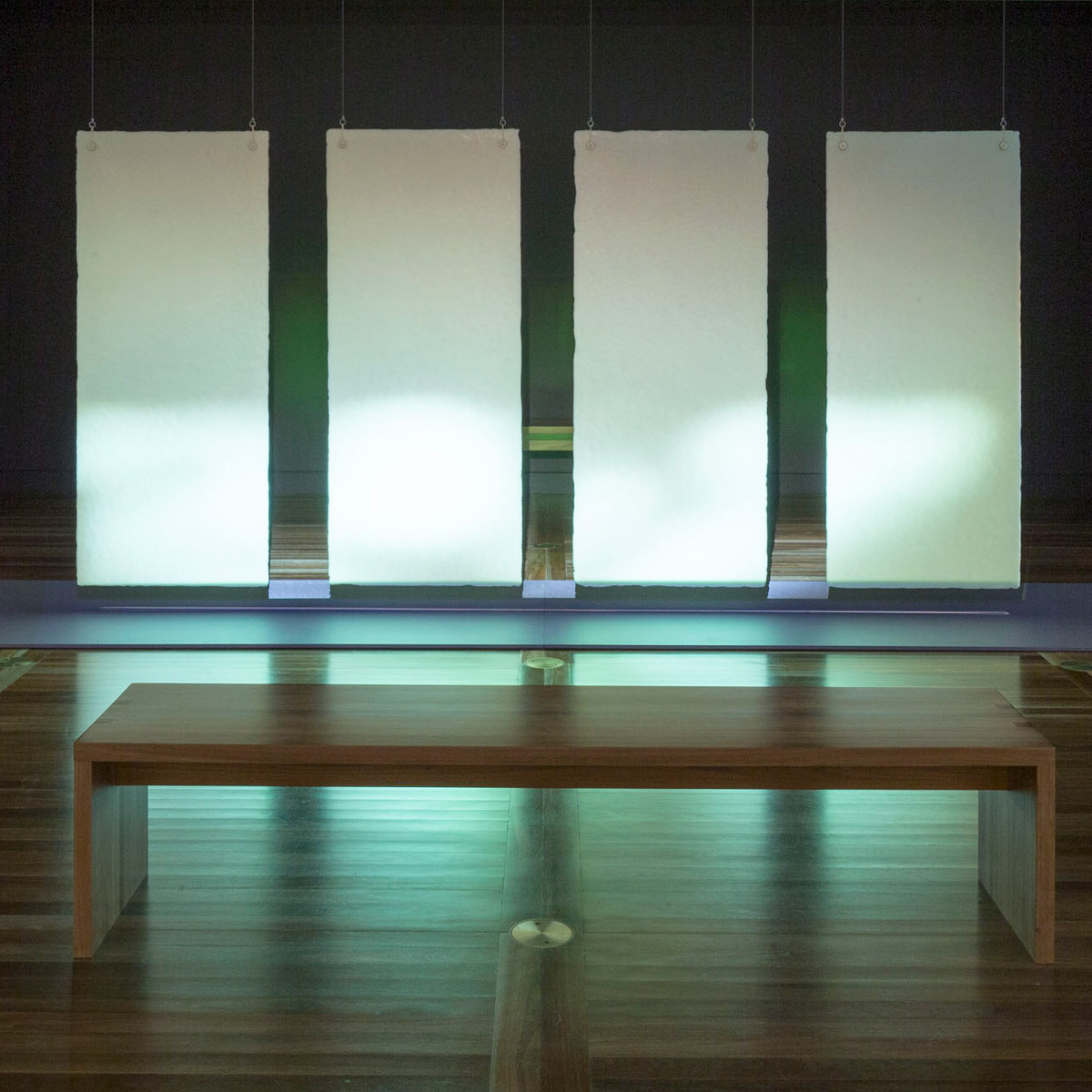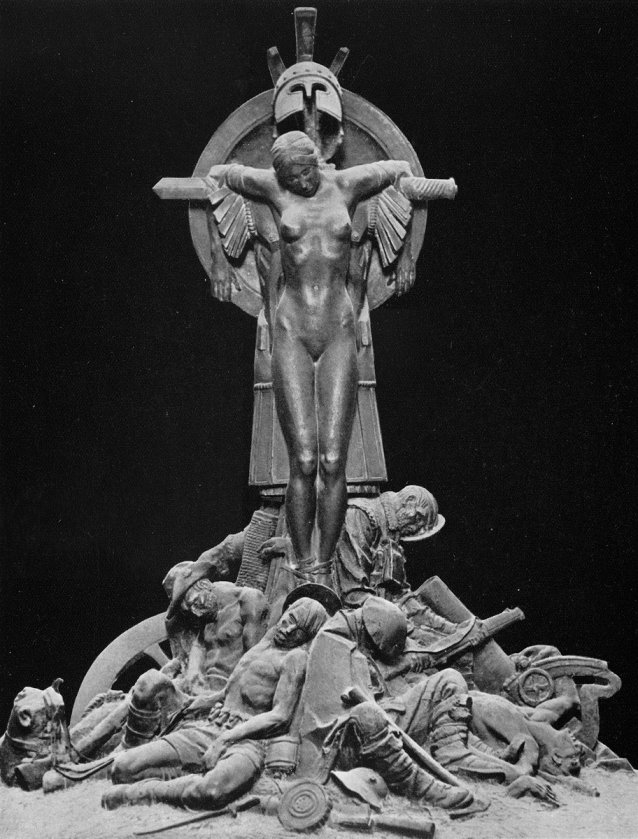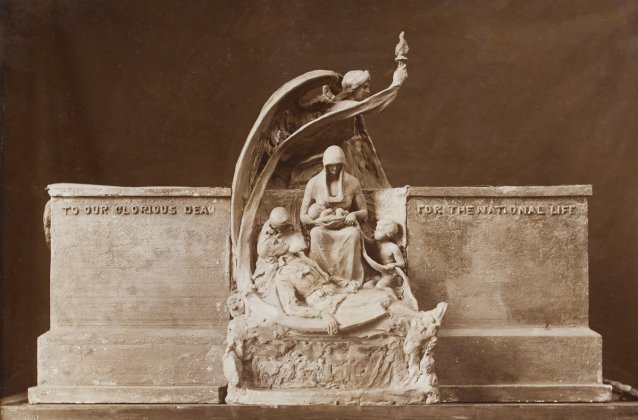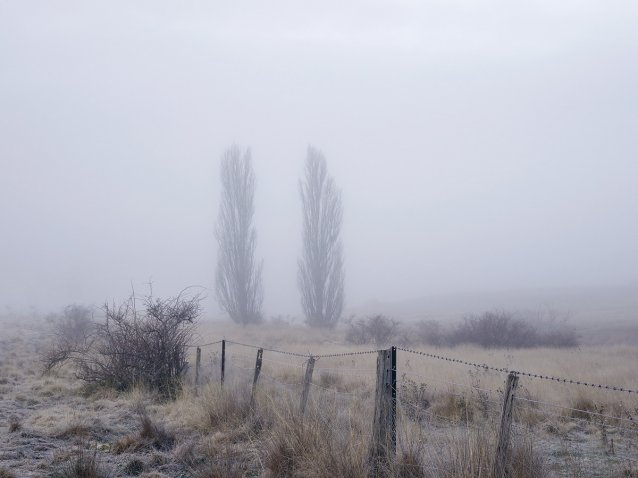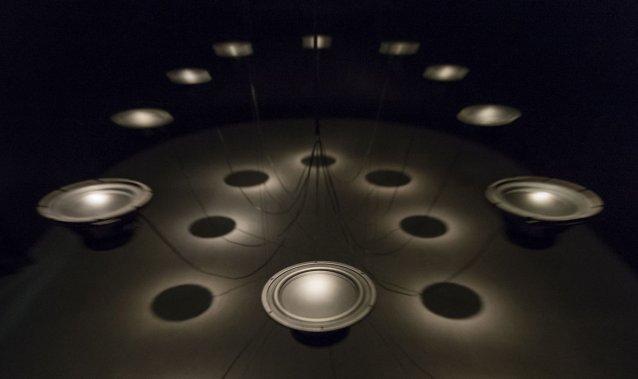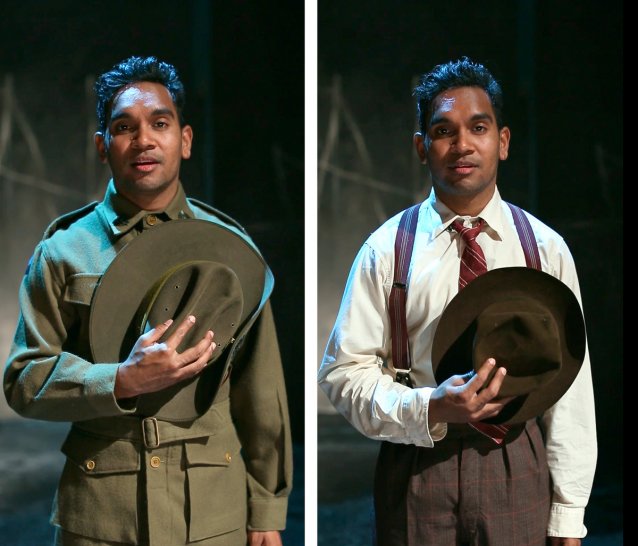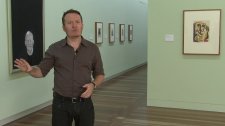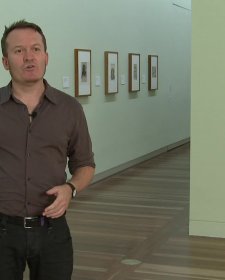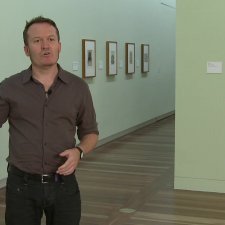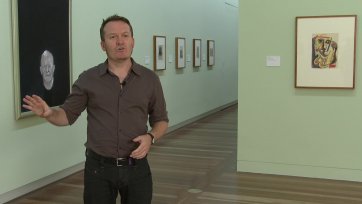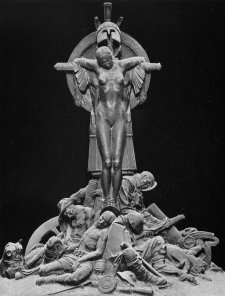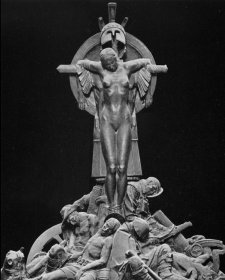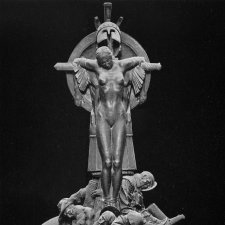For the past several years, conversations amongst the National Portrait Gallery’s senior staff have explored how the Gallery would acknowledge the Anzac Centenary within the centennial commemoration of the First World War. Perhaps the NPG could tell individual stories of those who experienced conflict? Perhaps it could commission contemporary video portraits to speak of the ongoing impact of war? The NPG received proposals from artists and curators, reflecting the strong interest in the ongoing humanist story of the First World War and Australia.
In late 2013, the Gallery’s contribution to the Anzac Centenary crystallised around the theme of sacrifice and the Australian home-front. The exhibition All that fall: Sacrifice, life and loss in the First World War would offer a portrayal of absent bodies to evoke the tragedy of lost lives.
Our title was inspired by the sentiment of Psalm 145: The Lord upholdeth all that fall, and raiseth up all those that be bowed down; and by the aural atmosphere of Irish playwright Samuel Beckett’s radio play of the same name; a reflection on loss, suffering and the absurdity of the human condition. Beckett’s play stimulated for us the desire to create an immersive exhibition experience, and the concept of a soundscape for the exhibition was a key element. In collaborating on the exhibition Inner Worlds: Portraits & Psychology in 2011 we had found that exhibition had enabled an emotional and psychological space that allowed the validation of people’s feelings and experiences of psychological trauma. We sought to open up a similarly free psychological space with All that fall.
We wanted to encourage reflection and contemplation, with carefully chosen historical images and objects placed alongside contemporary artistic works specially commissioned for the exhibition. With the expertise of our exhibition designer Tim Moore, we aimed for an exhibition experience that was dramatic, immersive and in the end, expansive.
